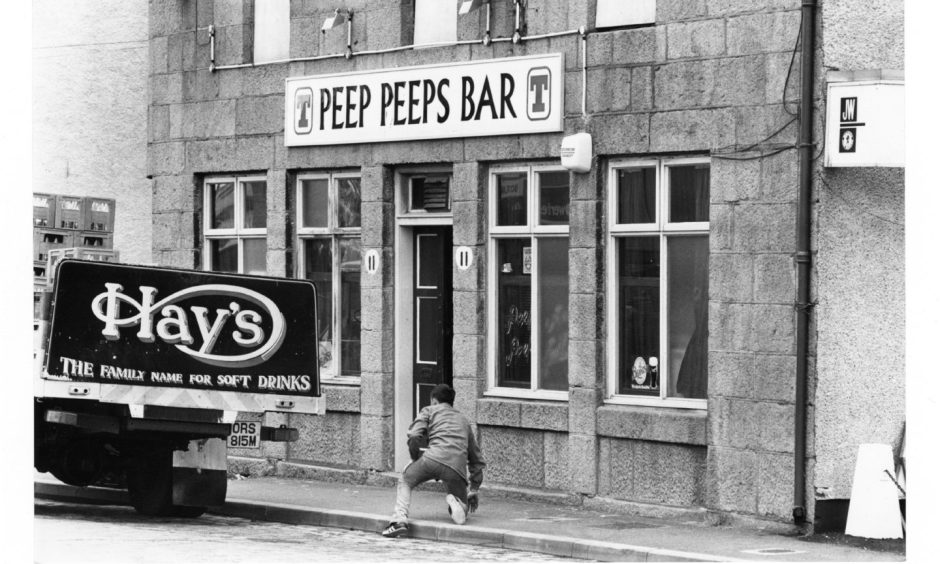
Around 200 years ago, pubs were dotted all around Aberdeen’s harbour and dockside to cater for thirsty seamen and drunken sailors. But most of these have been lost to time.
A busy port with many foreign seafarers, many of Aberdeen’s harbour-side pubs gained worldwide fame – and notoriety.
From Peep Peeps, once dubbed ‘Britain’s toughest pub’, to secret passageways, we’ve taken a look back at five lost watering holes around Aberdeen harbour…
1. The Yardarm was ’90s film location at harbour
Located in Regent Quay in Aberdeen’s historic commerce heartland, the Yardarm was one of Aberdeen’s first real-ale pubs in the 1970s.
But it was originally a hotel and tavern opened by James McCarthy in 1856.
It was an ideal spot for railway travellers and seafarers where they could enjoy bed and breakfast for 1 shilling and sixpence, and “all kinds of liquors and viands (food)”.
But by the 1880s, alcohol was out, and the tavern became Adam’s Temperance Hotel.
At the turn of the 20th Century, the venue reverted back to being a boozer when it became The Stanley Hotel.
The Stanley became notorious and well-known to seafarers in foreign ports for being the only harbour pub in Aberdeen to open seven days.
It continued as The Stanley until 1976 when it reopened as the Yardarm under proprietors Bob and Wendy Page.
Keen to shake-off its previous reputation, it was redecorated to attract office workers with “good old fashioned hostelry”.
Then-Dons manager Ally McLeod officially opened the premises.
The Yardarm was one of Aberdeen’s first real ale pubs, but disaster struck when it was gutted by fire in March 1986.
However, it reopened in August 1987 after being carefully restored back to its original look.
And the Yardarm continued as a successful pub throughout the ’90s, even being used as a location in the 1994 Scottish feature film, Ties.
But like many pubs, it closed down in the 2000s, with the upper rooms in the listed building becoming housing.
2. Snug Bar, one of city’s oldest pubs
The Snug Bar was one of the oldest pubs in Aberdeen.
It was an archetypal corner pub located at the Virginia Street/James Street junction, the boundary of Medieval Aberdeen.
Snug bars offered a smaller and more private alternative to public bars.
It was once owned by Deeside champion swimmer John Anderson throughout the 1910s until 1925.
Later, fisherman Race Adamson, who sailed on the old ‘Smokey Joe’ minesweeping trawlers, owned the pub in the 1960s.
Although he had been in the licence trade since the 1930s, Race was still sailing aged 77.
At 5.30am on March 30 1969, families living near the Snug were awoken by the sound of breaking glass, and it was discovered the pub was alight.
Three fire engines attended, but police said the bar was “totally destroyed”.
However, Race reopened the pub just four months later.
Remaining a popular spot throughout the 1970s, Virginia Street underwent extensive development in the 1980s.
Old buildings were demolished to make way for the inner city ring road and dual carriageway.
The site of the The Snug Bar is now a car park for nearby flats.
3. The Aberdonian Bar: shut down by the police
The Aberdonian Bar was a notorious pub on Shiprow, shut down by police over “a crop of criminal activity”.
It had a long history as a public house, dating to at least 1853 when Robert Dunn ran a spirit merchants.
By the end of the 19th Century it had been named The Royal Sturgeon, a name which carried on until the 1970s.
In 1965, the incorporated upper floors to create a new lounge and cocktail bar called The Inverdon Lounge.
Manager at the time was George Finnie, Danny Hay was head barman while Mabel Morgan ran the lounge.
The interior was furnished in dark grey and shades of red, with bench seats around the walls.
In 1978, the venue underwent its biggest change in 80 odd years when it was reinvented as The Aberdonian Bar.
It was described as a modern bar with lunches, pool and darts.
But soon it was regularly appearing in court reports, with a man seriously injured in an incident there the following April.
In 1981, the Aberdonian’s licence was suspended for 11 months after police raised “a catalogue of concerns”.
The chief constable highlighted a wedding reception there where both the 16-year-old bride and groom needed stitches.
Aberdeen licensing board heard the bride’s dress was “saturated” in blood after she punched through a window.
A total of 18 police officers raised various criminal incidents they had attended at The Aberdonian Bar.
By 1983, the venue was on the market and reopened three years later as ‘Biggles and Butlers’.
Downstairs punters could enjoy Butlers Public Bar, the next floor up they’d find Butlers Lounge, and on second floor was Biggles disco.
These days the former Aberdonian Bar is a far cry from the criminal underworld, blending into other historic buildings on the gentrified Shiprow.
4. Peep Peeps Bar, Britain’s toughest bar?
From one infamous bar to another, we arrive at Peep Peeps, which earned the unsavoury reputation as being one of Britain’s toughest pubs.
It was unapologetically gritty, with a tough talking landlord in Chris Cummings.
Located at Commerce Street, a pub was said to have stood there for nearly 200 years at Aberdeen’s dockside.
Certainly a spirit dealer ran from the premises in the 19th Century, and the building evolved into a pub in the 1900s.
But it was in the 1960s the pub became known as Peep Peeps under the auspices of owner Sidney Rae.
His nickname Peep Peep came about when he was part-owner of the Crown Hotel in Stonehaven.
At closing time, instead of saying “cheerio” to customers, he said “peep peep”, and when he took on the Commerce Street premises renamed the pub Peep Peeps.
Back then, it was said the bar’s fame stretched around the world as people came from far and wide for a friendly chat.
Alexander and Margaret Prise were the next owners, but sold up in 1975 to take on the Railway Inn in Banff.
It was in the late ’70s onwards the boozer found notoriety in Aberdeen and beyond.
Located on the edge of the red light district, publican Chris showed short shrift to “pimps and prostitutes” who’d try to enter his premises to use the toilets.
He was a colourful character with even more colourful language.
Chris saw no need to modernise Peep Peeps in his 35 years running it, but he denied it was rough, or a haven for Aberdeen football casuals.
Speaking after Peep Peeps featured in a TV show on Britain’s toughest pubs, Chris said: “It is nowhere near the toughest pub in Britain. It is just a seaman’s bar.
““It was all a lot of rubbish. There is never any trouble in here.”
Peep Peeps closed in 2013 after Chris’ death and was turned into flats.
5. The Glenlivet Bar, the pub harbouring a secret…
Another dockside pub, the Glenlivet harboured a dark secret.
The pub had a long history and existed at 44 Regent Quay for about 200 years.
In the 1800s, the lavish seafront properties along Albert Basin saw the area nicknamed the ‘Riviera’.
But behind the mansions existed warren-like lanes where crime was rife.
And in the Glenlivet’s cellar, behind casks and bottles, there was a mysterious entrance to a hidden passageway.
In 1965, it was reported in the Evening Express that a “gaping black cavity” apparently lead downwards from the sea.
Entering the tunnel, the reporter took a left turn and space become more restricted, another four steps, and… the rest of the passage was bricked up.
Then-owner Willie Mowat speculated that it might have been used by smugglers, or for leading kidnapped sailors to the harbour.
Fast-forward nearly 40 years to 2005, and the tunnel remained a mystery.
After 15 years of ownership, publican Alan Doran changed the Glenlivet’s name to Characters Cafe Bar in 2004.
But said he still hadn’t worked out what the tunnel was for or where it went.
He said: “We’ve heard that it went from the bar up to the Castlegate but that’s all.”
At the time, Aberdeen City Council said they had investigated many reports of secret tunnels in Aberdeen, but “none had been substantiated”.
The pub became Characters Coffee House, but the mystery around the secret tunnel endures…
More Past Times stories
In photos: Bringing back memories of Mile End School in the 1980s
A deep dive: The rise and fall of the Victorian Aberdeen Beach Baths
Cheers for the memories: Looking back at 5 lost country pubs in Aberdeenshire
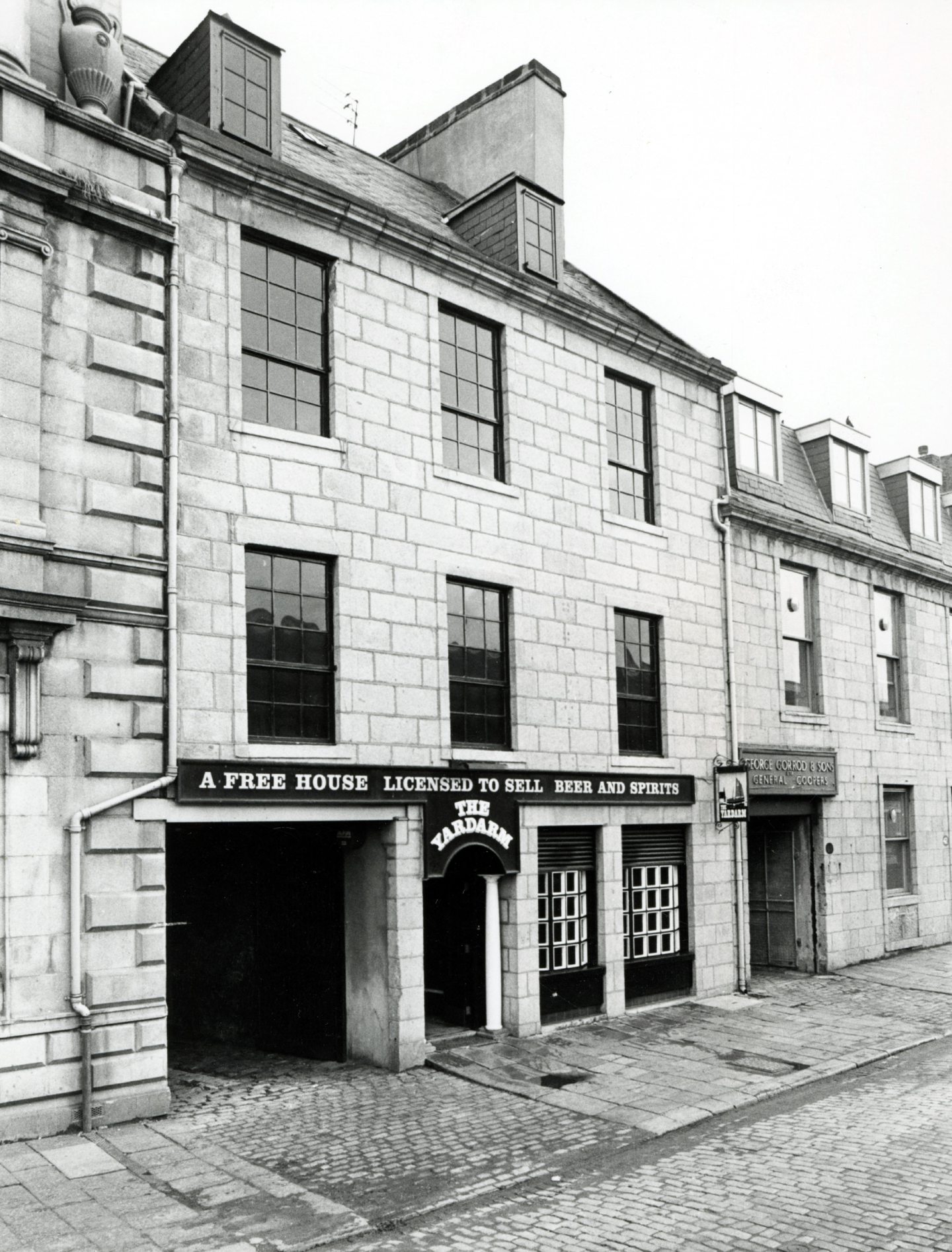
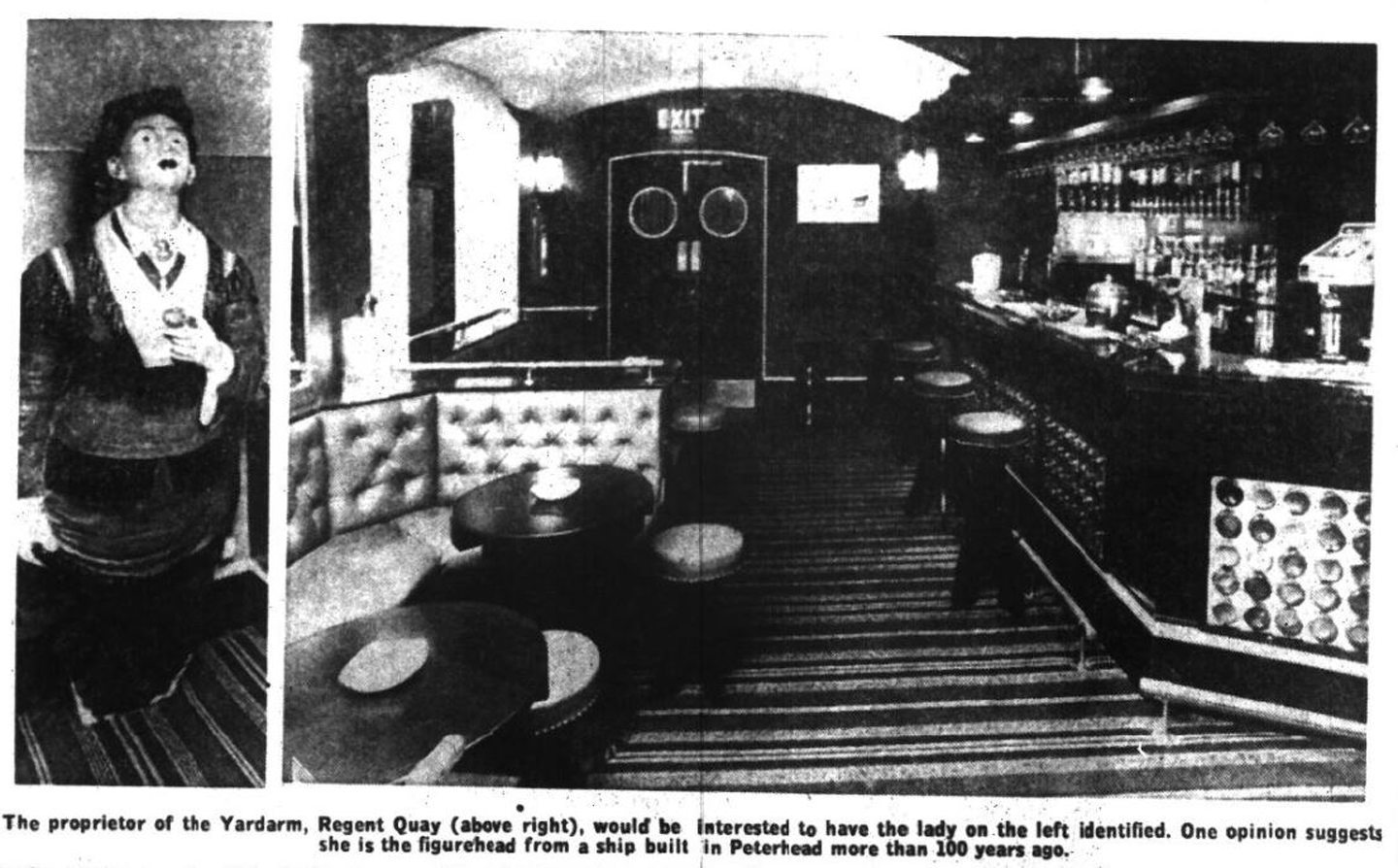
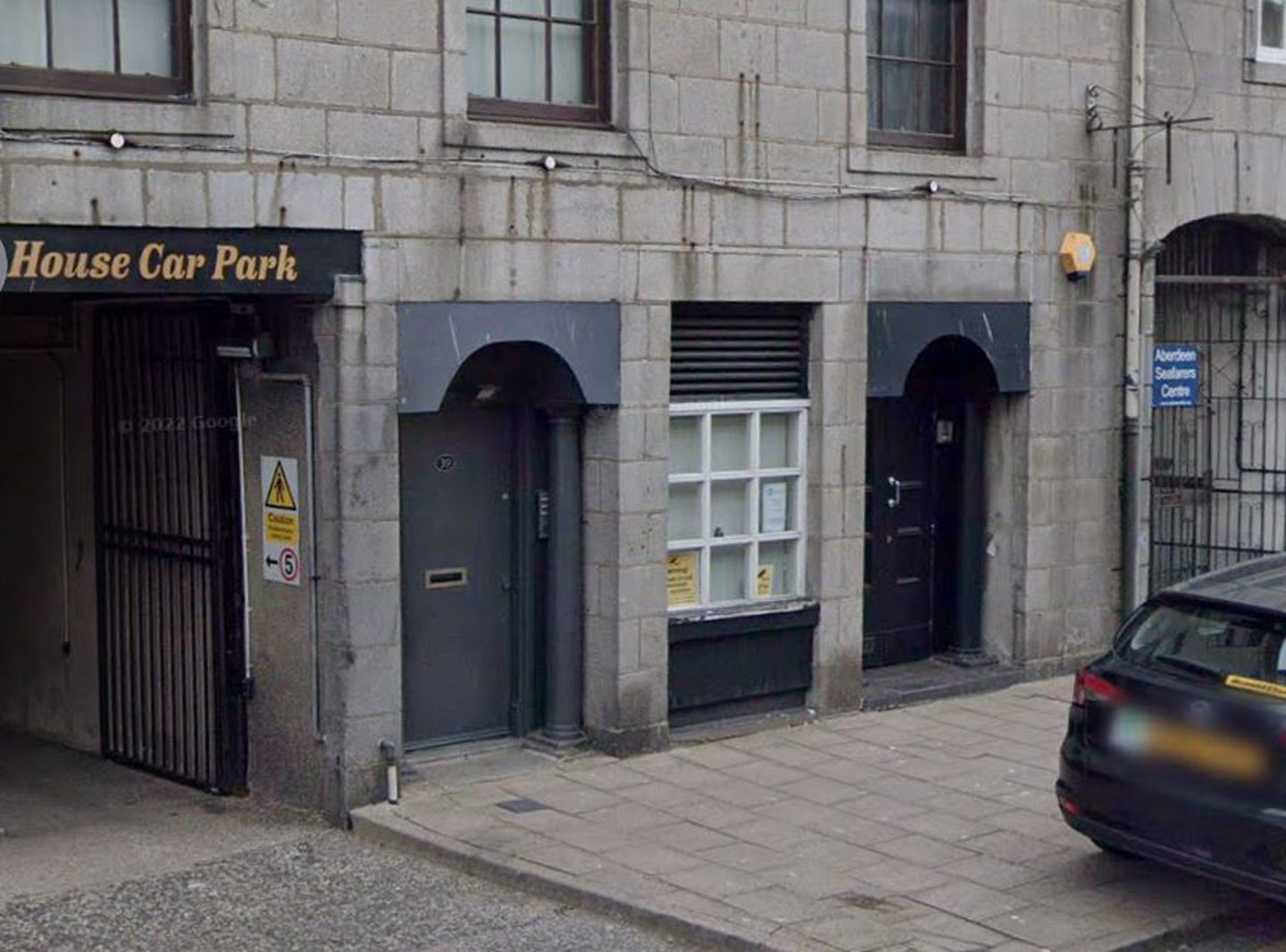
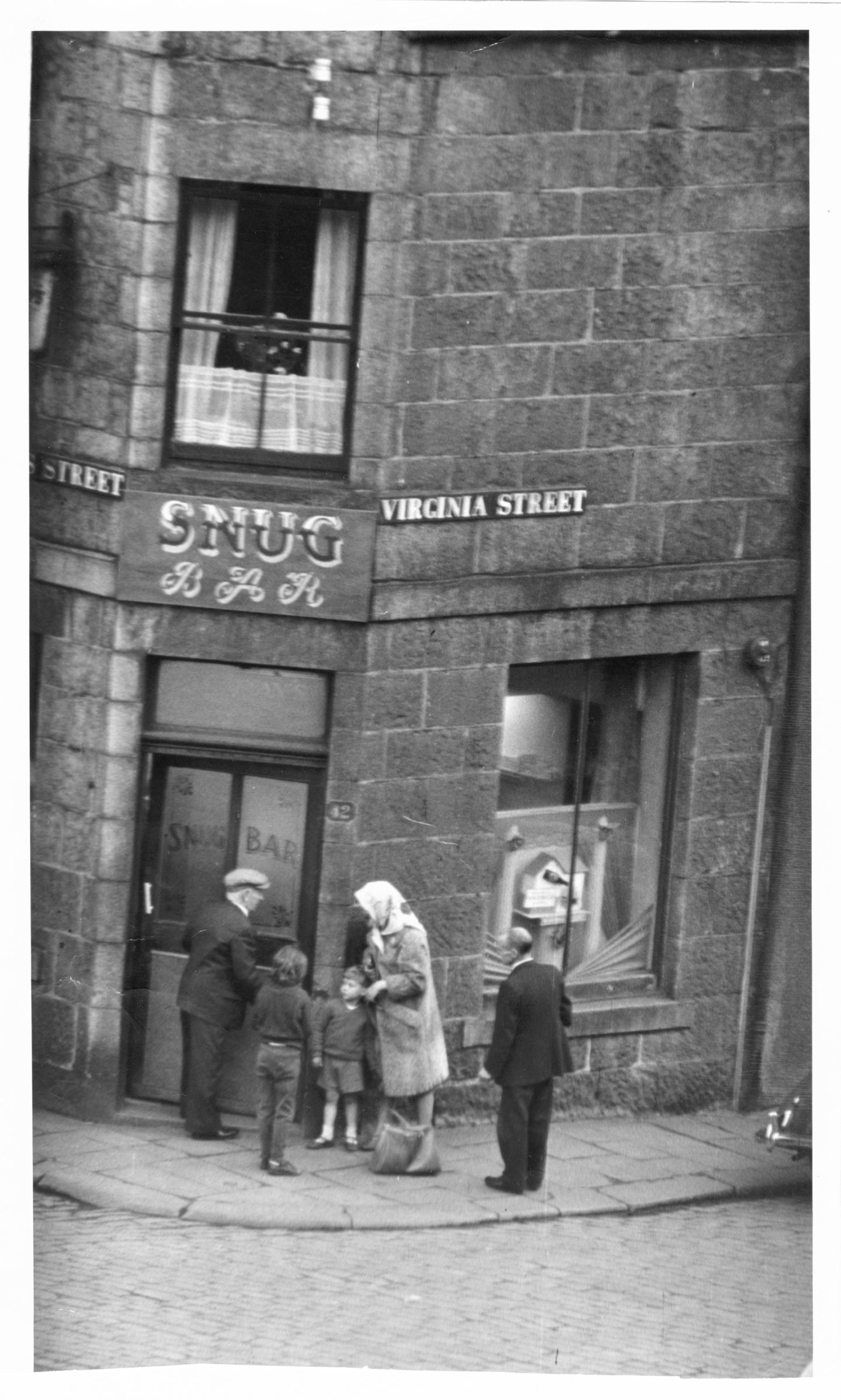
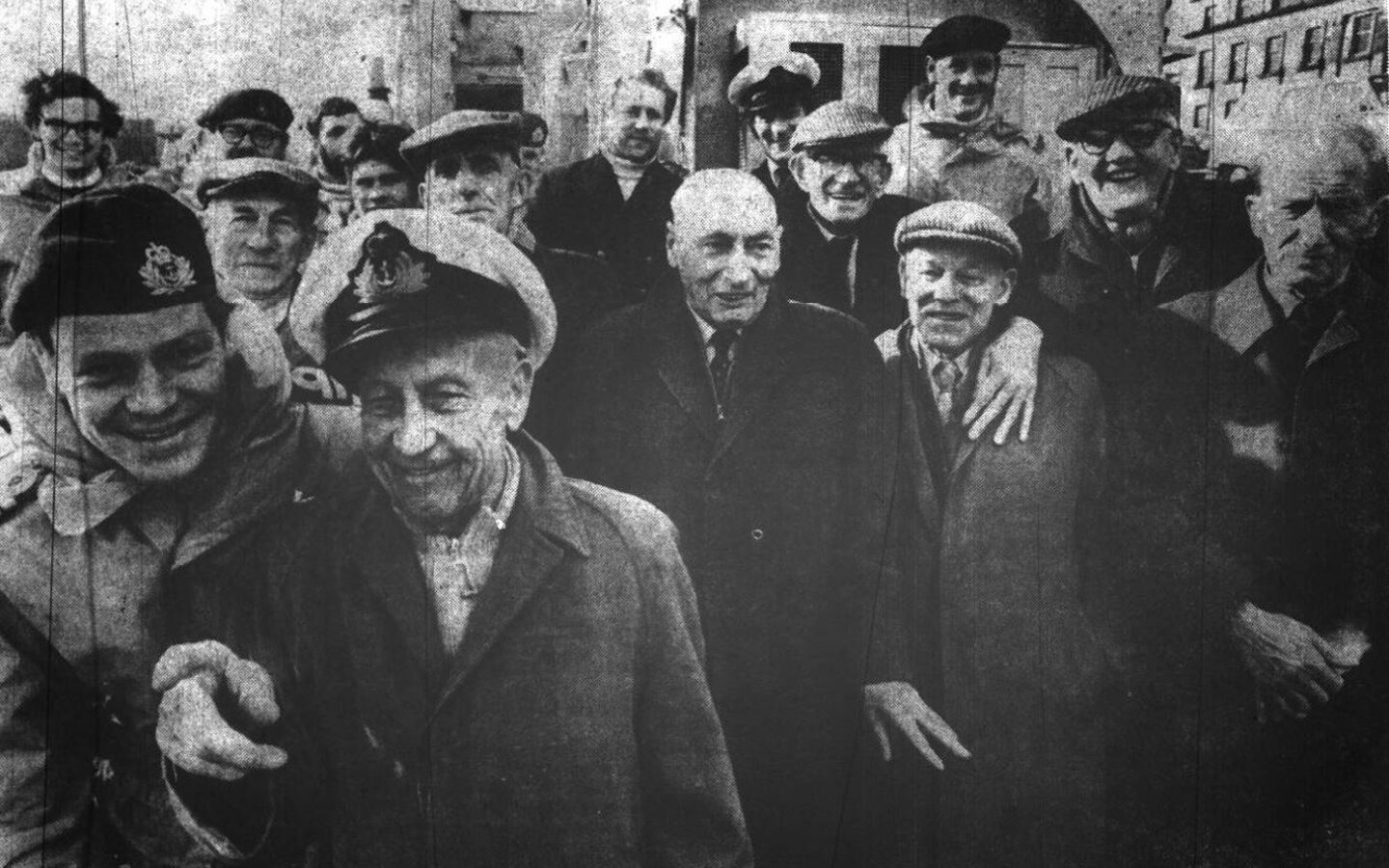
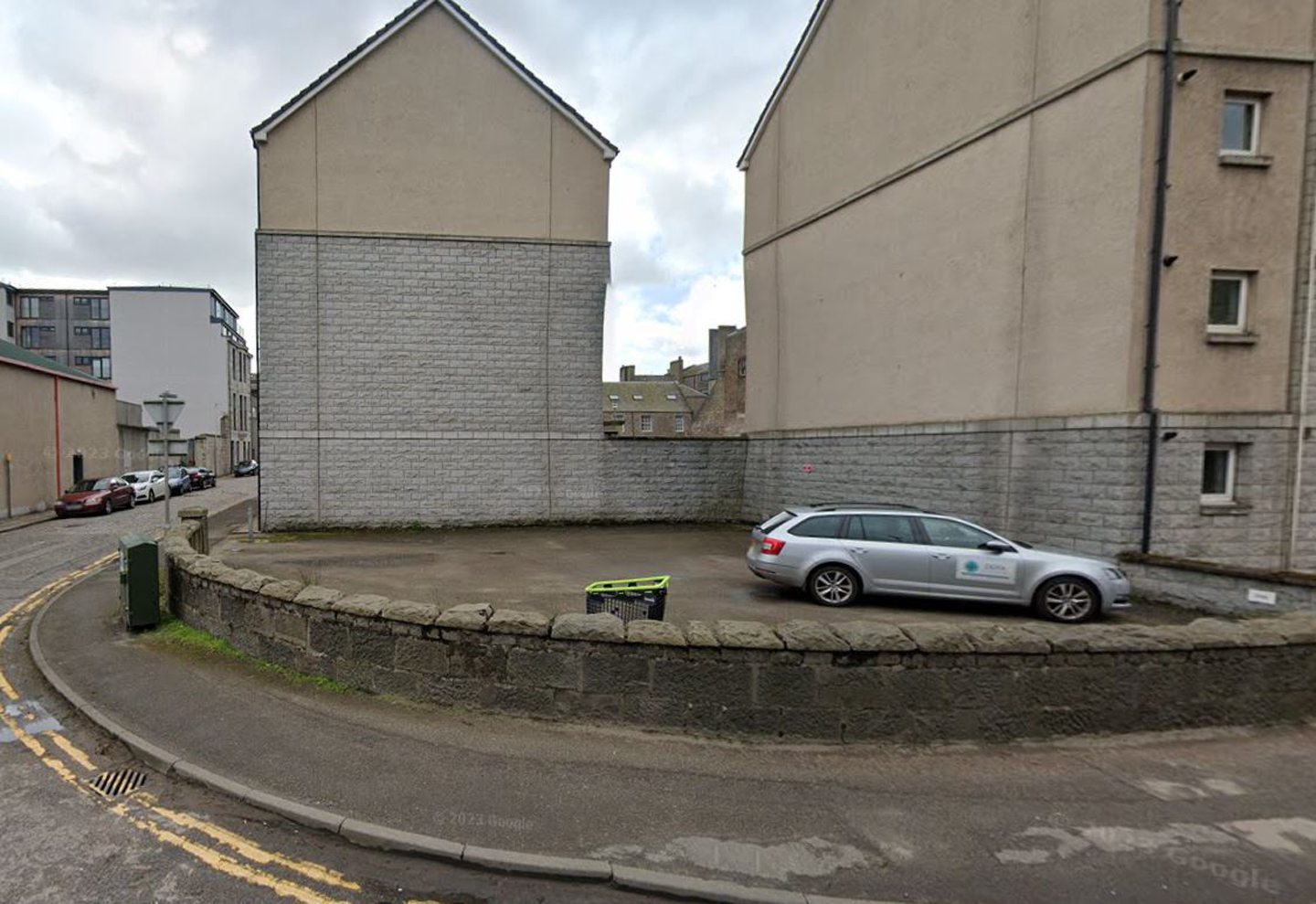
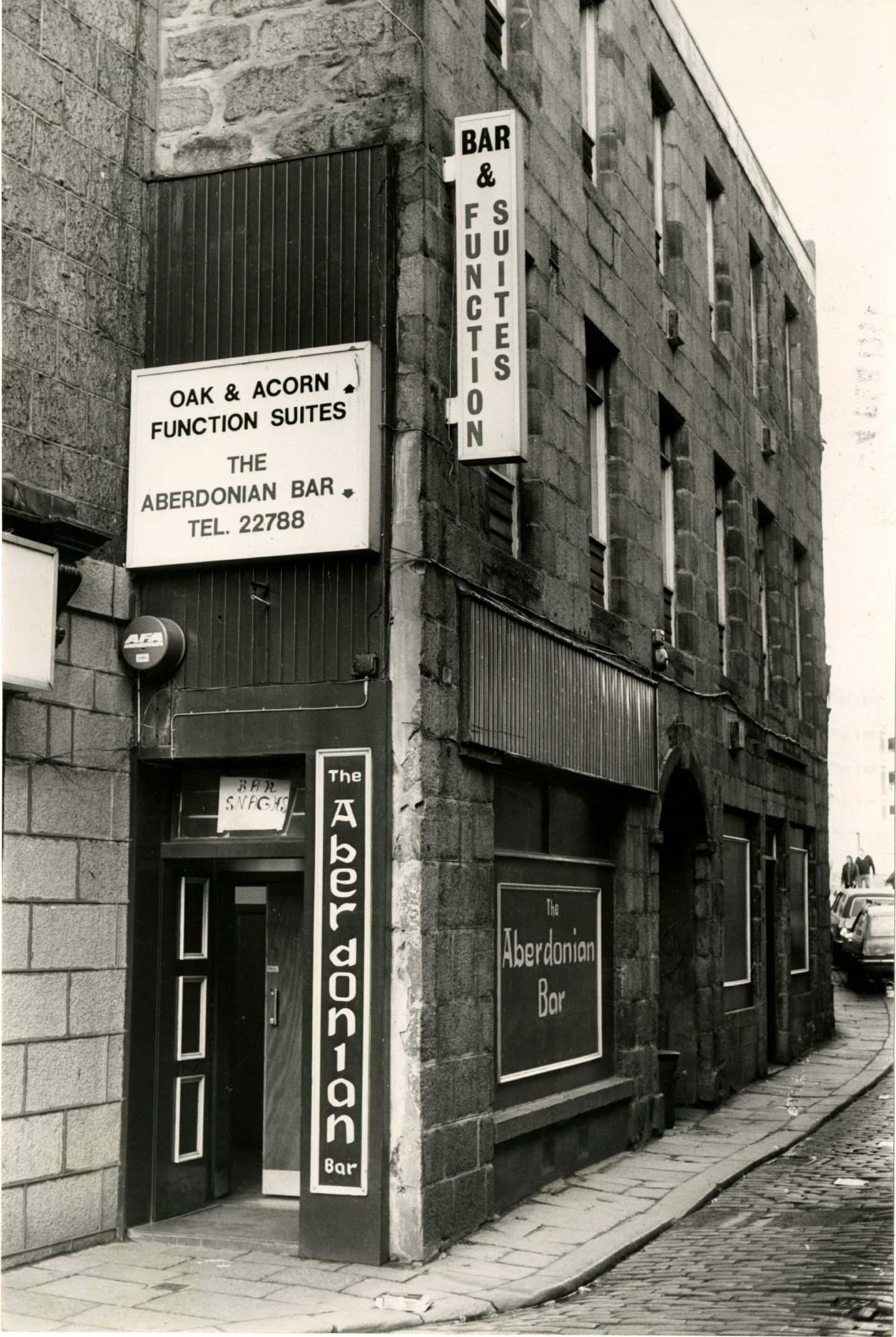
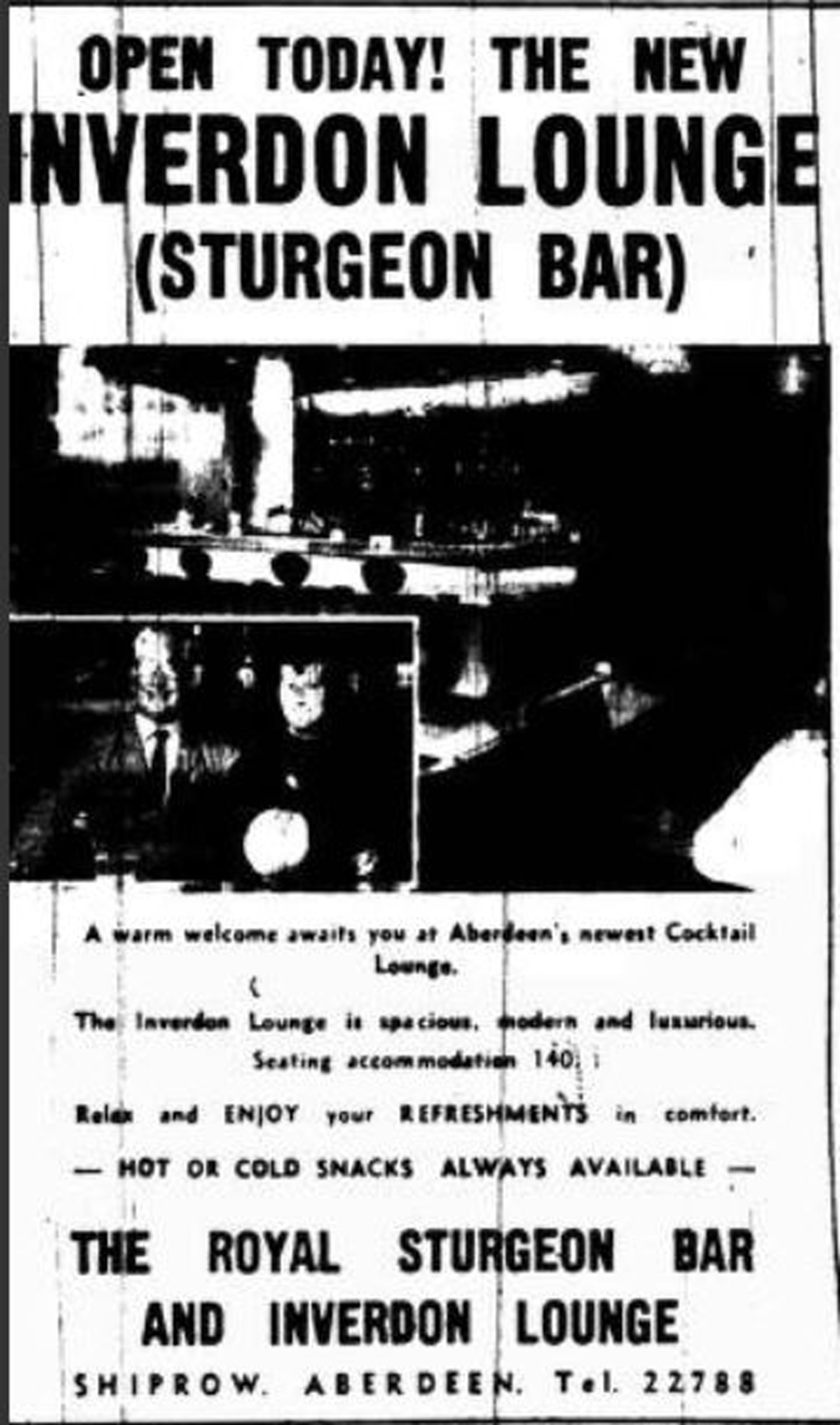
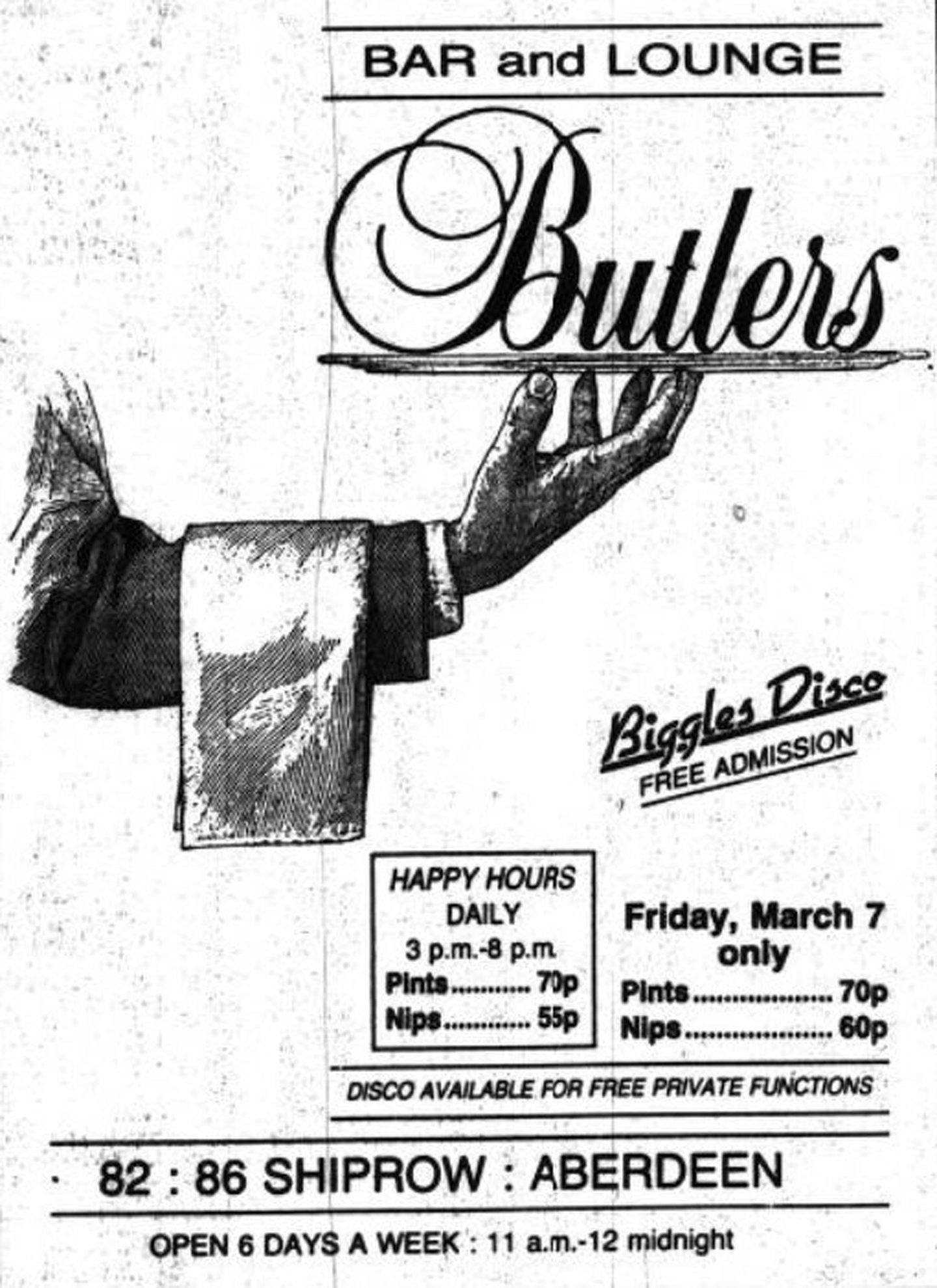
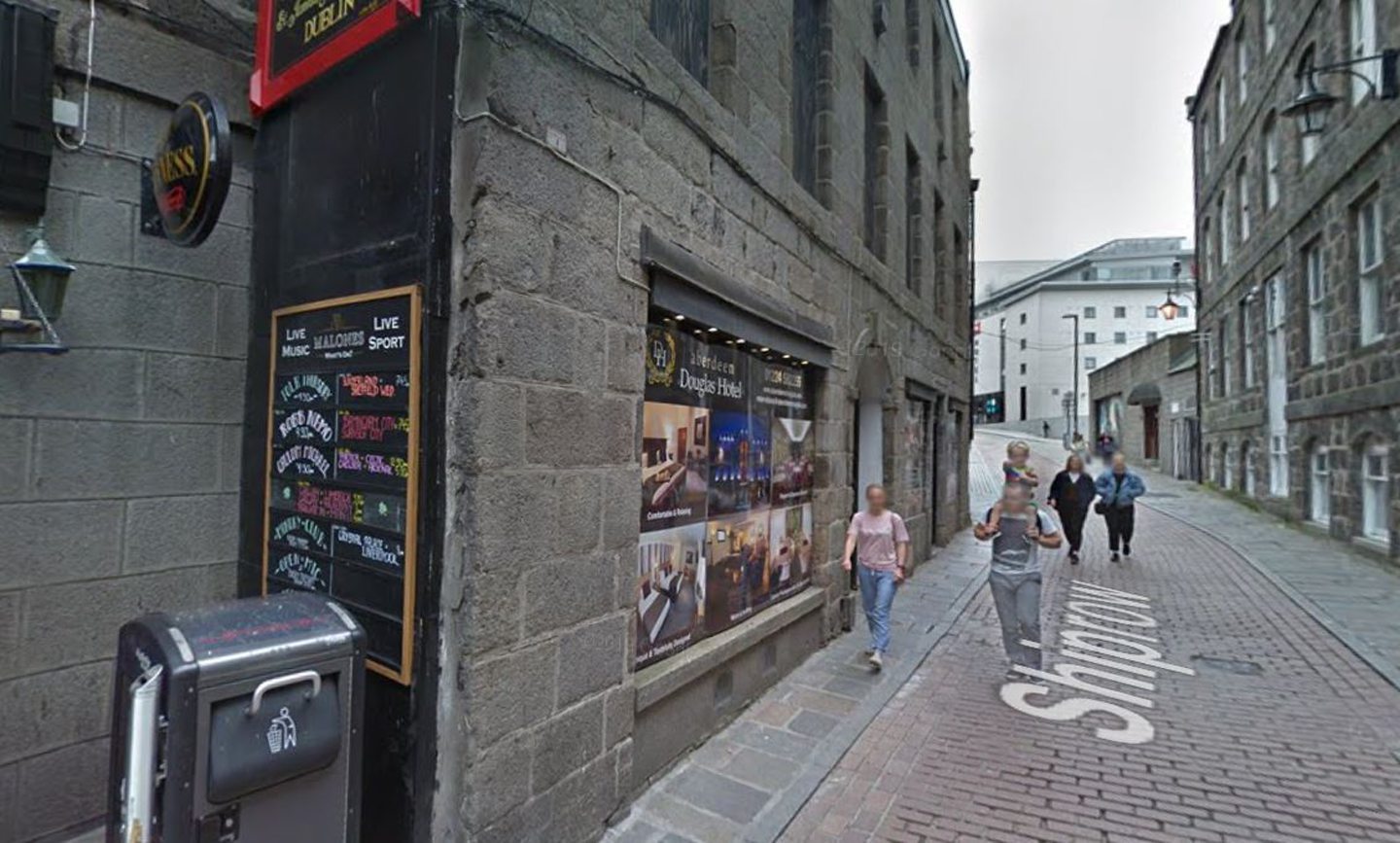
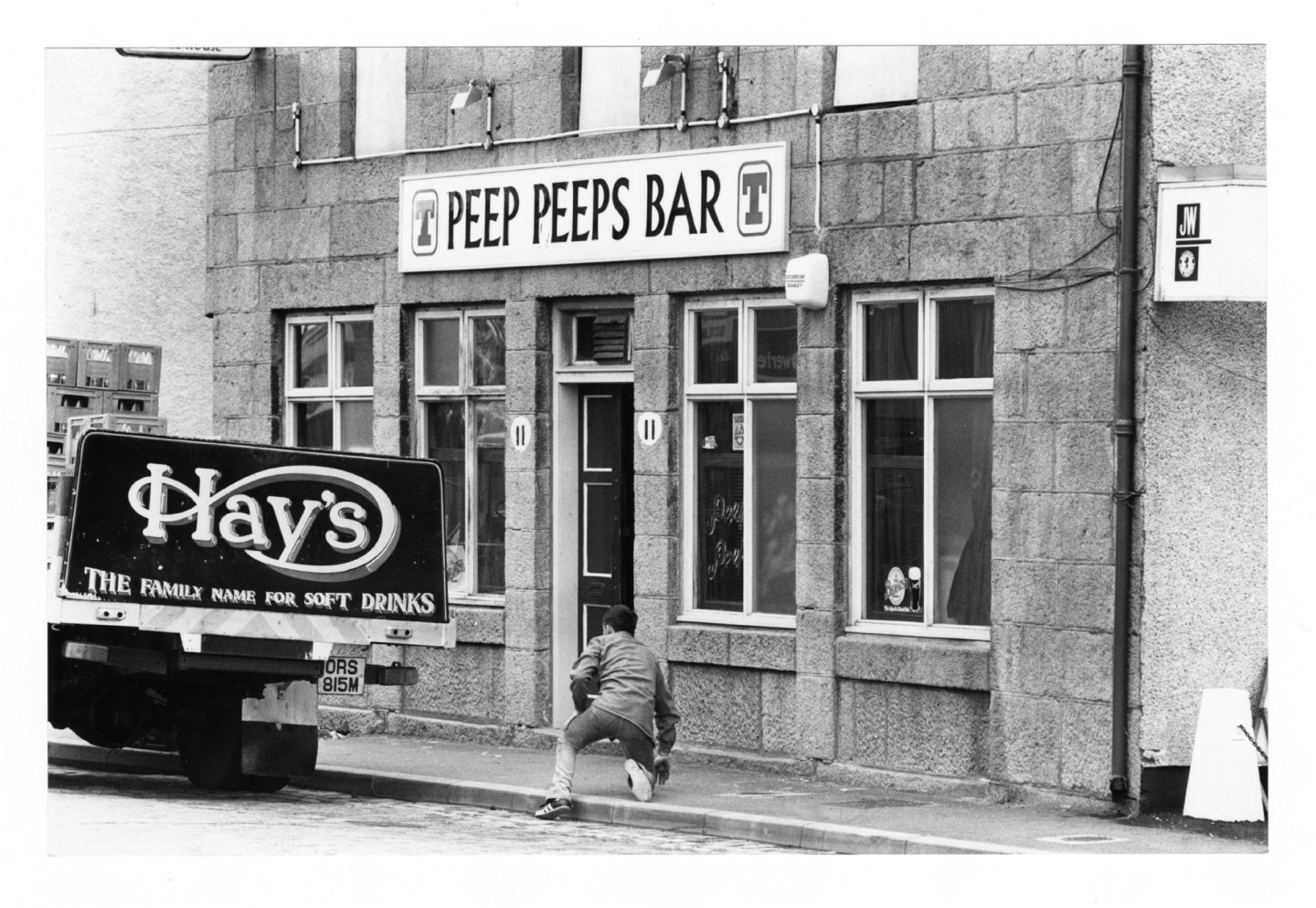
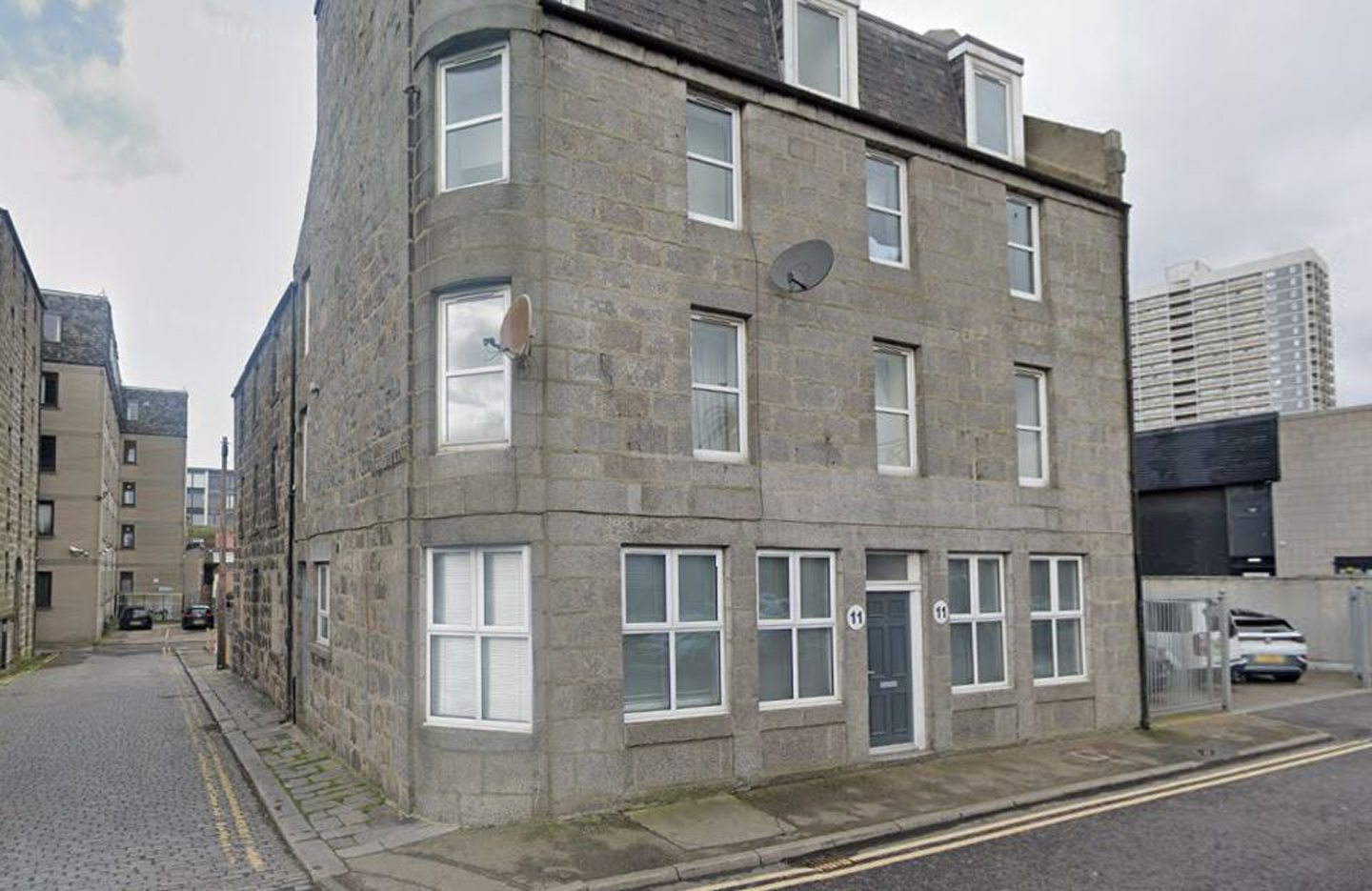
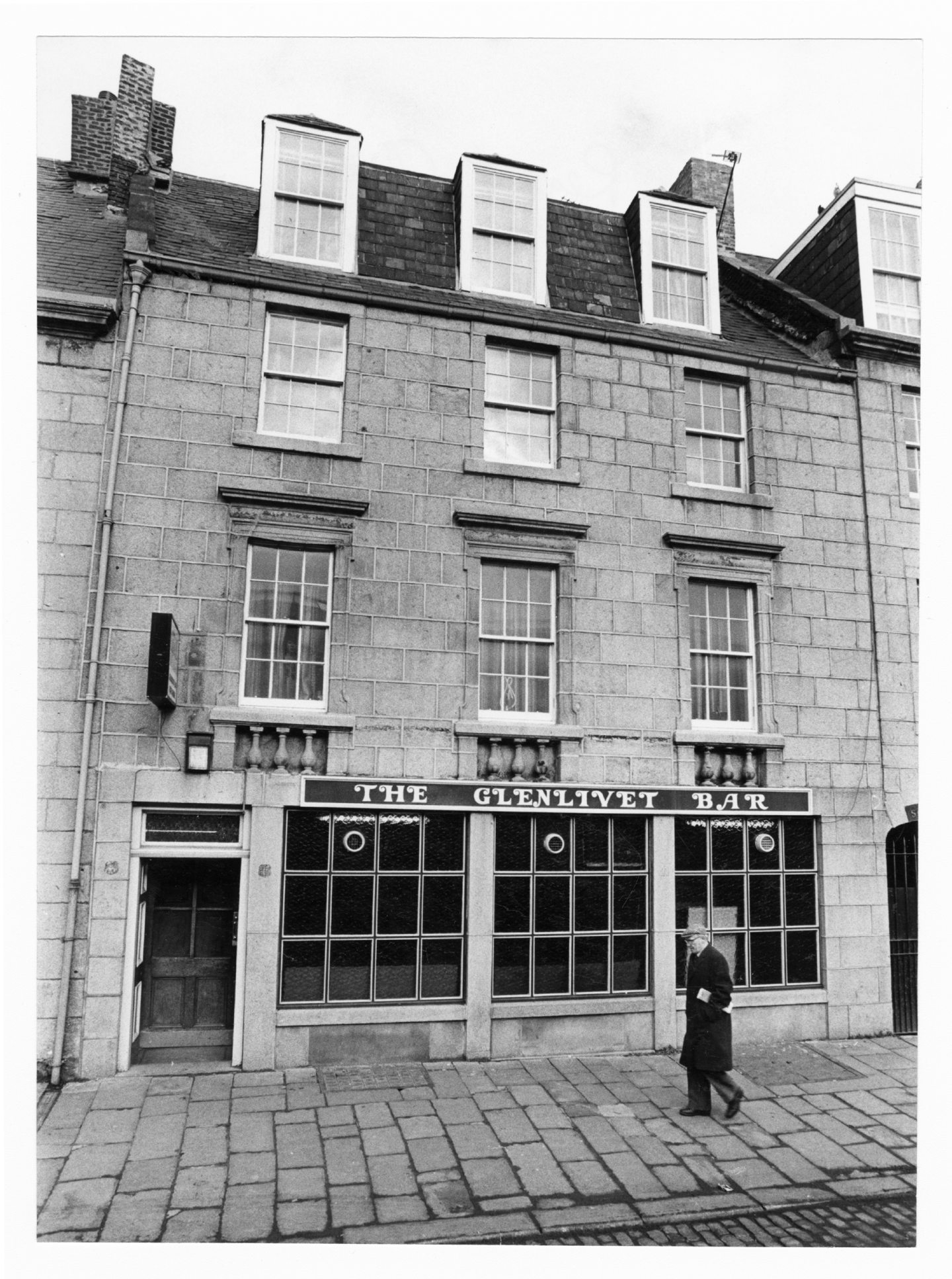
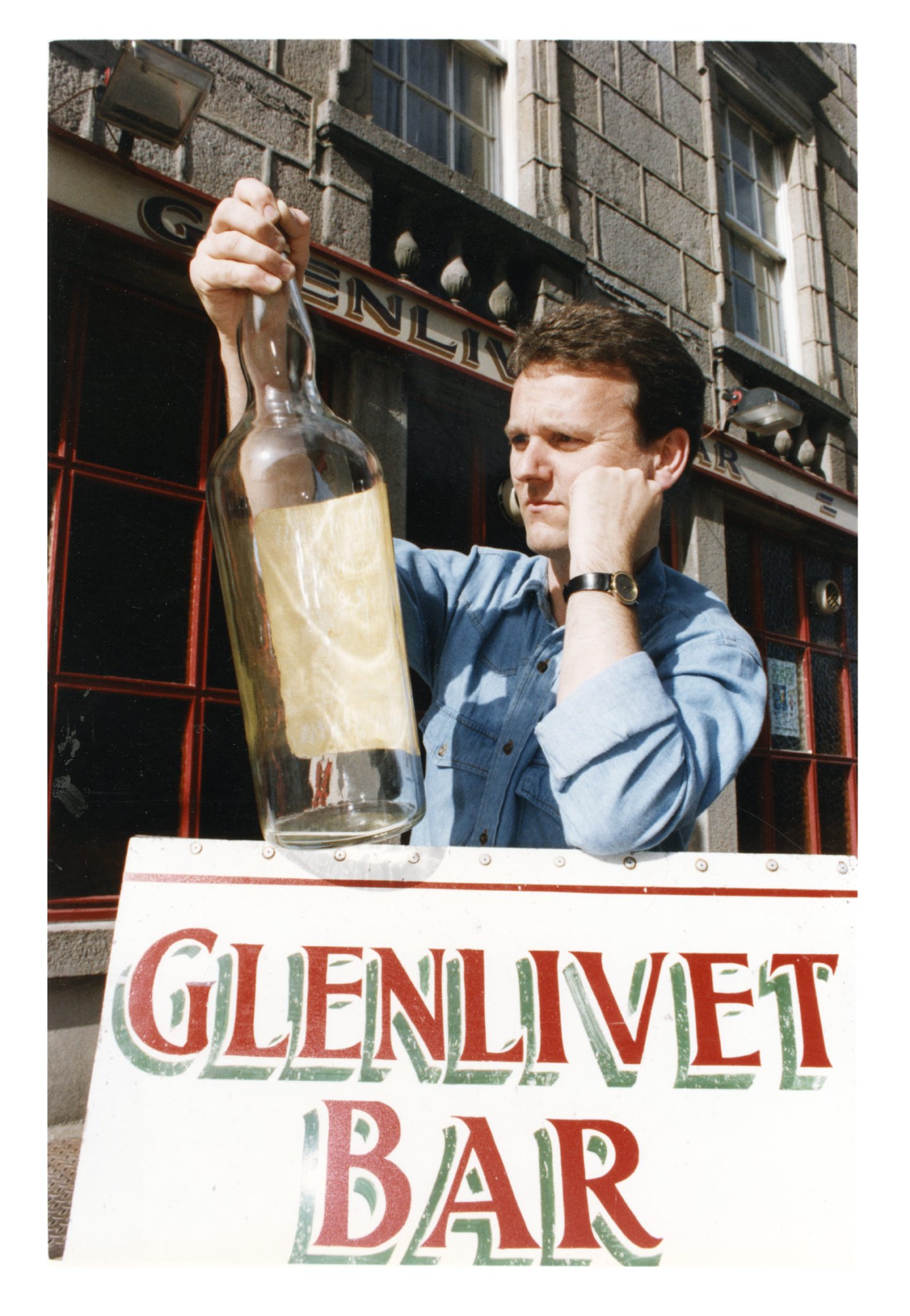
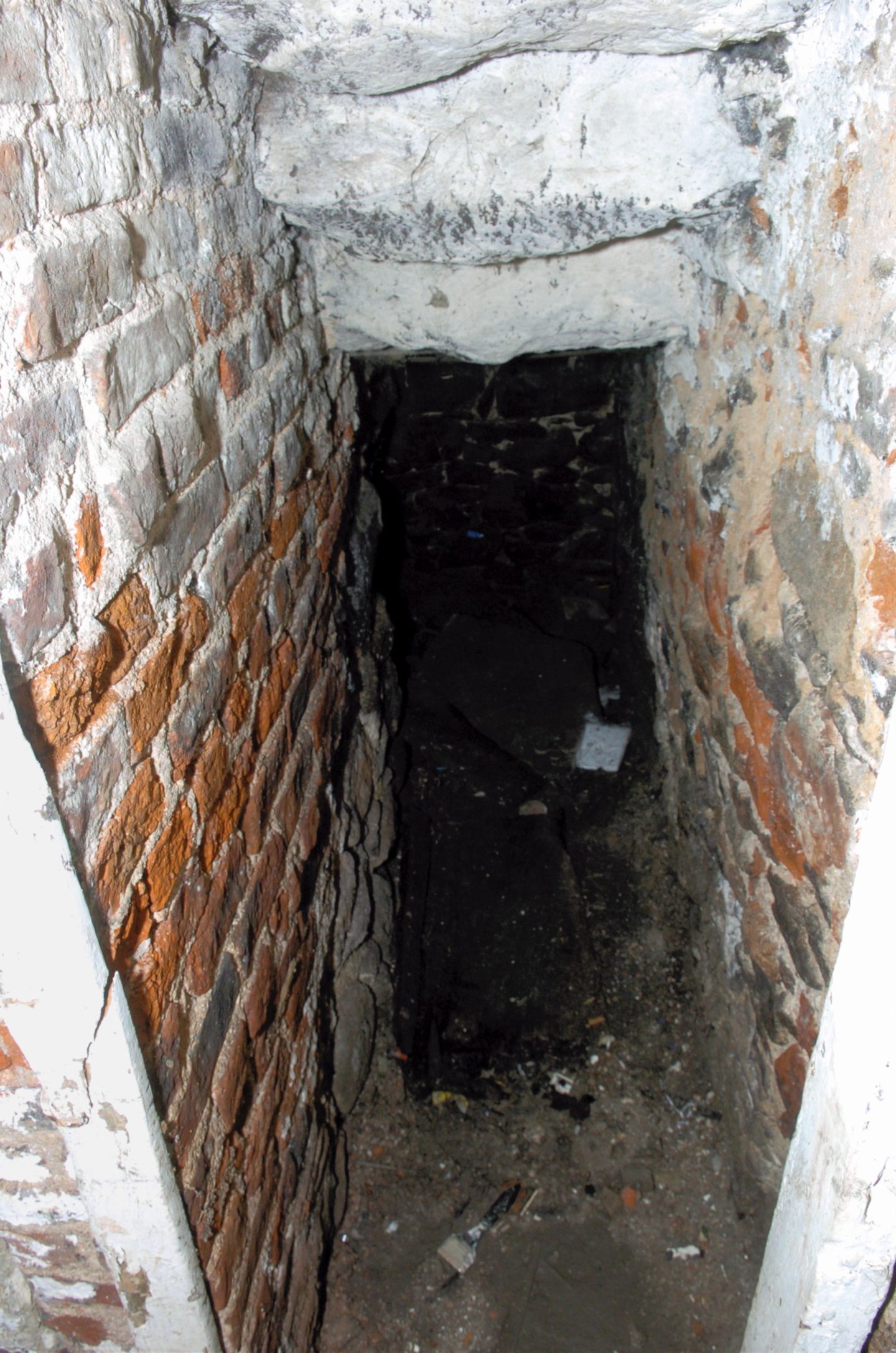
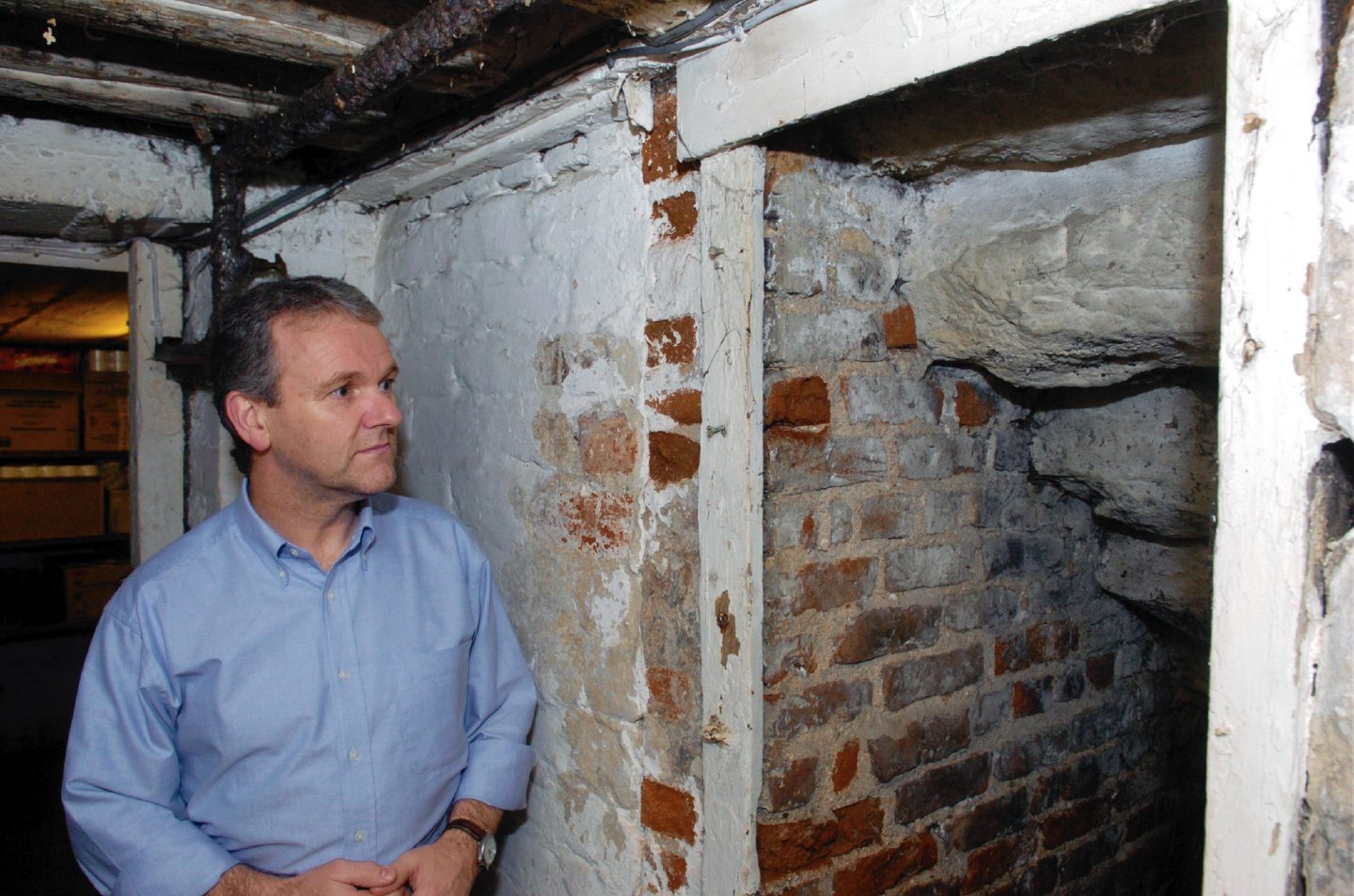
Conversation